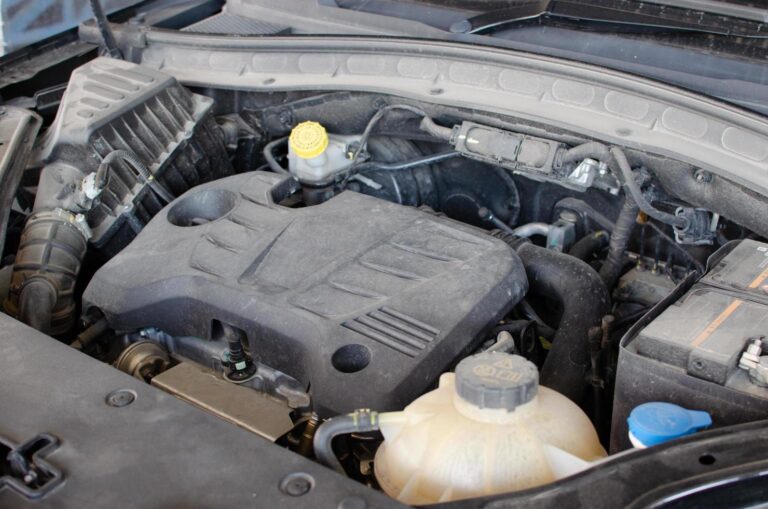Changing your car’s oil is an important task that helps keep the engine running smoothly. It’s also a relatively easy job that can be completed in about 30 minutes with the right tools and instructions. In this blog post, we’ll walk you through the steps involved in changing your car’s oil, from selecting the right type of oil to disposing of the old oil properly.
In this article
Types of engine oils
Motor oil is an essential component of your engine. It lubricates the moving parts, helps to keep the engine clean, and prevents corrosion. There are many different types of engine oils on the market, but which one is right for your car?
There are three main types of engine oil: conventional, synthetic, and blended. Conventional oil is made from crude oil, while synthetic oil is manufactured in a lab. Blended oil is a mixture of the two. Each type has its own benefits and drawbacks.
Conventional oil is the most affordable, but it doesn’t last as long as
Oil change intervals
Motor oil is essential for the lubrication and cooling of internal combustion engines. It also helps to protect the engine from wear and tear. The type of motor oil, the age and make of the vehicle, driving habits, and the climate all contribute to how often the oil needs to be changed.
Changing your car’s motor oil is a fairly simple process that most people can do themselves with a few basic tools. It’s important to keep your engine well-lubricated, so follow the manufacturer’s recommended oil change intervals to keep your car running like new.
How to change your oil
Changing your own oil is a great way to save money, and it’s not as hard as you might think. Here are the basic steps:
1. Park your car on a level surface and set the parking brake.
2. Open the hood.
3. Locate the oil pan. It’s usually near the engine, and it will have a drain plug on the bottom.
4. Place a drain pan beneath the oil pan.
5. Remove the drain plug with a socket wrench.
6. Allow the oil to drain into the pan.
Common mistakes
Motor oil is an important factor in the lifespan of a car. It helps keep the engine lubricated and functioning properly. However, not all motor oils are created equal. There are a few things to keep in mind when choosing a motor oil to make sure you’re getting the best possible product for your car.
One of the most common mistakes people make when choosing a motor oil is not checking the SAE viscosity rating. The SAE rating is a measure of how thick or thin the oil is. A higher rating means the oil is thicker and will provide more protection for the engine.
FAQs
1. What do I need to know before an oil change?
Oil change intervals vary depending on the make and model of your car, driving habits, and the type of oil used. However, most mechanics generally suggest an oil change every 3,000 miles or every 3 months, whichever comes first.
2. What do you do during an oil change?
Set forth plainly an oil change is the point at which you take out the engine oil from your motor and set it back in new engine oil. During an oil change, you likewise need to change the oil channel and put on another one. The endless oil channel accomplishes such a great deal for your motor that getting ordinary oil changes is the most ideal way to keep your vehicle solid.




